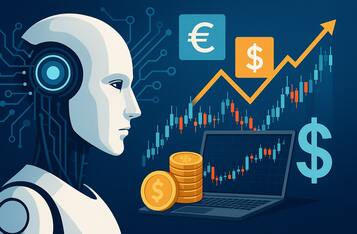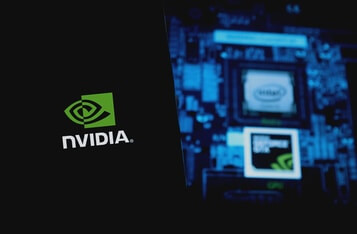Debate Over Model Context Protocol (MCP): A Passing Trend or a Game-Changer?
In the ever-evolving landscape of artificial intelligence, the Model Context Protocol (MCP) has emerged as a hot topic of discussion. Industry leaders are debating its potential to revolutionize AI tool integration or whether it is just another passing trend. According to a recent LangChain Blog, this debate is gaining traction on social media platforms like Twitter.
The Case for MCP
Harrison Chase, CEO of LangChain, advocates for the potential utility of MCP. Initially skeptical, Chase has come to appreciate MCP's ability to enable users to extend the functionality of agents they do not control. He argues that MCP can democratize the creation of AI agents, making it accessible to non-developers who can add tools without altering the underlying agent logic. Chase likens MCP's potential to that of platforms like Zapier, which facilitate the creation of diverse workflows through integrations.
The Skepticism Surrounding MCP
Nuno Campos, Lead at LangGraph, provides a counterpoint, expressing doubts about MCP's practical applications. He emphasizes that effective integration of tools requires tailoring the system's architecture and prompts, which MCP might not adequately support. Campos points out that even with tool definitions and prompts, current models often fail to correctly utilize the tools, casting doubt on MCP's reliability.
Comparisons and Future Prospects
Chase remains optimistic, suggesting that as AI models improve, so will the effectiveness of MCP. He envisions a future where MCP becomes more user-friendly, eliminating the need for complex local server setups and facilitating seamless integration with web applications. Meanwhile, Campos remains unconvinced, questioning whether MCP can truly surpass existing solutions like OpenAI's Custom GPTs or Plugin systems, both of which struggled to gain traction.
Industry Implications and the Path Forward
The debate highlights broader questions about the future of AI tool integration. As technological advancements continue, the industry must balance innovation with usability and reliability. The MCP discussion serves as a microcosm of these challenges, illustrating the diverse perspectives within the AI community.
Ultimately, the future of MCP hinges on its ability to evolve and address current limitations. Whether it becomes a standard in AI development or fades into obscurity remains to be seen. The ongoing discussions underscore the dynamic nature of AI technology and the importance of continued innovation and discourse.








